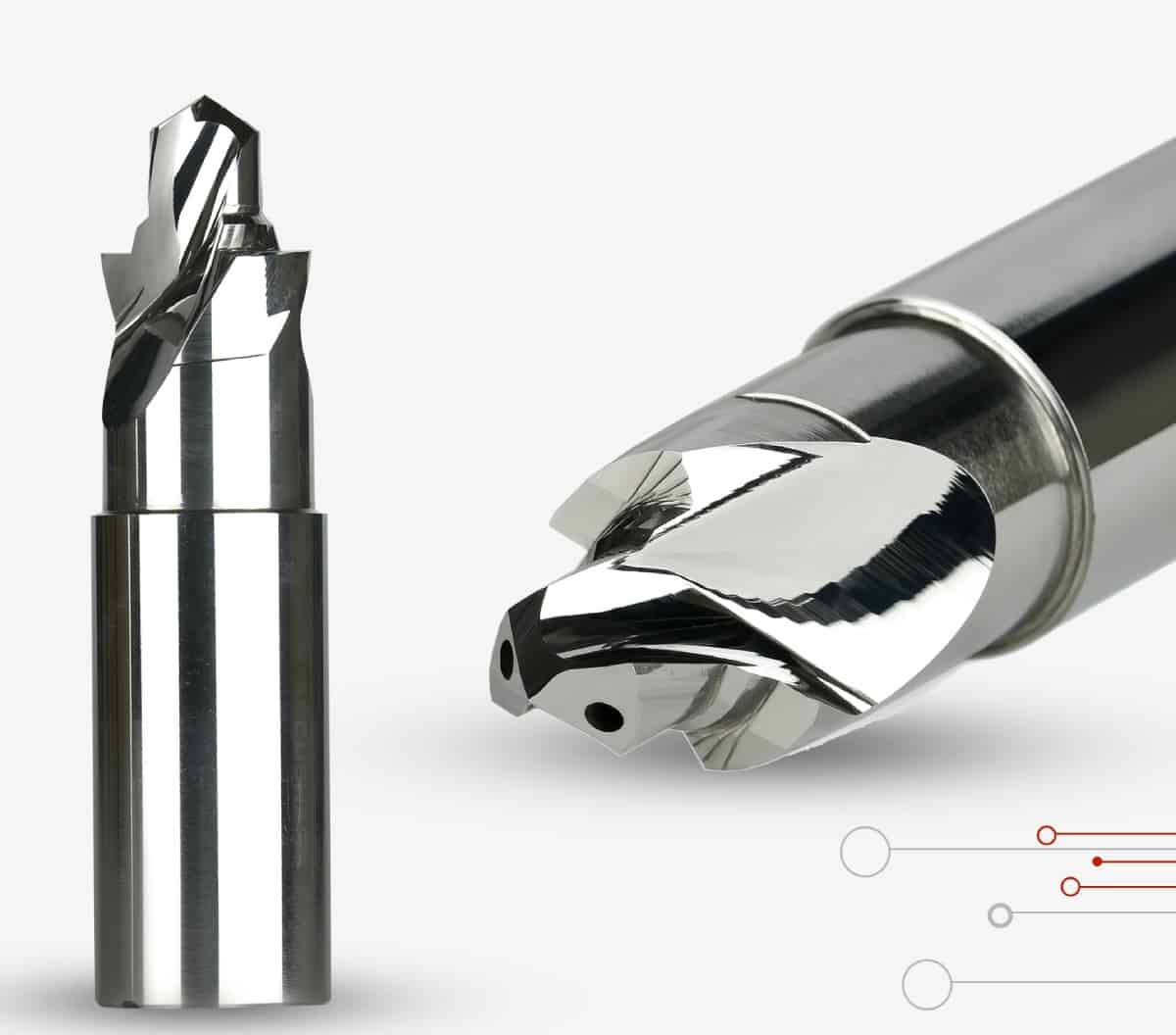The cutting tools industry has been an unsung hero in the realm of precision engineering, quietly shaping the world around us. From the construction of monumental structures to the creation of intricate medical devices, cutting tools have played an indispensable role in transforming our ideas into reality. As technology advances and manufacturing processes become increasingly sophisticated, the cutting tools industry is poised for remarkable transformations. This blog delves into the exciting world of technology and its applications in the cutting tools industry, showcasing the precision and durability it offers.
The Crucial Role of Cutting Tools
Cutting tools have been pivotal in the manufacturing landscape, enabling precision and efficiency across various sectors. Whether it’s the automotive and aerospace industries or electronics and construction, cutting tools are the unsung heroes responsible for shaping, drilling, and finishing materials. As technology continues to evolve, cutting tools have become the cornerstone of modern manufacturing processes.
Enhanced Materials and Coatings
The foundation of cutting tools lies in the materials from which they are crafted. Over the years, significant advancements have been made in materials and coatings used in cutting tools. Manufacturers are now focused on developing materials that offer superior hardness, toughness, and wear resistance. One such innovation includes the integration of nanomaterials, such as graphene and carbon nanotubes. These materials provide unparalleled strength and durability, enabling tools to withstand higher cutting speeds and extending their lifespan.
In addition, advanced coatings like diamond-like carbon (DLC) and nanocomposite coatings have emerged, offering exceptional hardness and reduced friction. These coatings result in improved tool performance and extended tool life. The integration of these advanced materials and coatings allows cutting tools to take on more challenging materials, operate at higher speeds, and enhance overall productivity.
Internet of Things (IoT) Integration:
The cutting tools of the future are set to be more intelligent and connected, thanks to the Internet of Things (IoT). This integration is transforming traditional tools into smart devices. IoT integration enables real-time monitoring and data analysis of tool performance, wear, and predictive maintenance. Cutting tools are embedded with sensors that collect data on temperature, vibration, and tool life, providing valuable insights for optimizing tool usage and minimizing downtime.
Leveraging IoT capabilities, manufacturers can implement predictive maintenance strategies. This allows them to replace or recondition tools before they fail, reducing production interruptions. Furthermore, IoT integration empowers remote monitoring and control, enabling manufacturers to enhance efficiency, track inventory, and optimize tool utilization across multiple locations.
Additive Manufacturing (3D Printing)
Additive manufacturing, commonly known as 3D printing, has made a significant impact on various industries, including cutting tools. 3D printing enables the production of complex tool geometries that were previously unattainable using traditional manufacturing methods. This technology allows for the creation of customized cutting tools tailored to specific applications, optimizing performance and efficiency. With 3D printing, manufacturers can rapidly prototype and test new tool designs, accelerating the development cycle and reducing time to market.
Additionally, the ability to produce cutting tools on-demand and in small batches provides greater flexibility and cost-effectiveness, catering to the evolving needs of diverse industries.
Artificial Intelligence (AI) and Machine Learning:
Artificial intelligence and machine learning algorithms are revolutionizing manufacturing processes and are set to have a profound impact on the cutting tools industry. AI-powered systems can analyze vast amounts of data, identify patterns, and make informed decisions in real-time. In the context of cutting tools, AI algorithms optimize cutting parameters, tool paths, and machining strategies, leading to improved precision, efficiency, and reduced waste.
Machine learning algorithms continuously learn from tool performance data, enabling the development of adaptive and self-optimizing tools. These intelligent cutting tools autonomously adjust their cutting parameters based on material properties and real-time feedback, enhancing productivity and reducing operator intervention.
Shaping a Transformative Era
The cutting tools industry stands on the threshold of a transformative era, driven by innovative technologies that will redefine precision machining processes. Enhanced materials and coatings, IoT integration, additive manufacturing, and AI-powered systems are poised to revolutionize the capabilities and possibilities of cutting tools.
These advancements empower manufacturers to achieve higher levels of precision, efficiency, and productivity while reducing costs and waste. The future of the cutting tools industry holds immense potential for innovation and collaboration, enabling manufacturers to overcome challenges and embrace new opportunities in a rapidly evolving manufacturing landscape. As technology continues to advance, the cutting tools industry remains at the forefront of precision and efficiency, shaping the world with each precise cut.


